Native Americans have relied on various medicinal plants and herbs as natural remedies for their good health for many many years now. Let’s explore the medicinal plants used by Native Americans as herbal remedies for treating illnesses.
The Cherokee is a Native American tribe that is indigenous to the South-eastern United States. They believe that the Creator has given them a gift of understanding and preserving medicinal herbs. The Cherokee trust the healing and preventative properties of nature’s pharmacy.
Because many plants become scarce throughout history, the Cherokee promotes proper gathering techniques. The old ones have taught them that if you are gathering, you should only pick every third plant you find. This ensures that enough specimens still remain and will continue to propagate. Here are some of the medicinal plants that were commonly used and foraged for by the Cherokee tribe.
However, the following 12 plants were used by this tribe in the treatment of almost every single illness and health condition. However, before we explain their properties, we must warn you that they can be quite strong and dangerous if not used properly.
Keep in mind that the Cherokee healers were experienced as they had centuries of practice. Furthermore, it is of high importance to understand their value as powerful natural medications, so you should be gentle when scavenging them.
Let’s find out what are the medicinal plants the Native Americans used for treating illnesses.
11 Medicinal Plants Used By Native Americans As Herbal Remedies
1. Blackberry

Blackberry is one of the most important plants used by Native Americans. To the Cherokee, the blackberry is the longest known remedy to an upset stomach, however, this herb can be used for just about anything. Using a strong tea from the root of blackberry helps to reduce swelling of tissue and joints.
A decoction from the roots, sweetened with honey or maple syrup, makes a great cough syrup. Even chewing on the leaves of blackberry can soothe bleeding gums.
Some other health benefits of blackberry fruit include:
- Better digestion
- Strengthened immune system
- Healthy functioning of the heart
- Prevention of cancer
- Relief from endothelial dysfunction
These tasty berries are also incredibly nutritious. Vitamins provided by blackberries include vitamin A, vitamin B6, vitamin C, vitamin E, vitamin K, thiamine, riboflavin, niacin, and folate. Blackberries also have an incredible mineral wealth of calcium, iron, magnesium, phosphorous, potassium, and zinc. They are also a good source of dietary fibre and essential amino acids.
2. Hummingbird Blossom (Buck Brush)
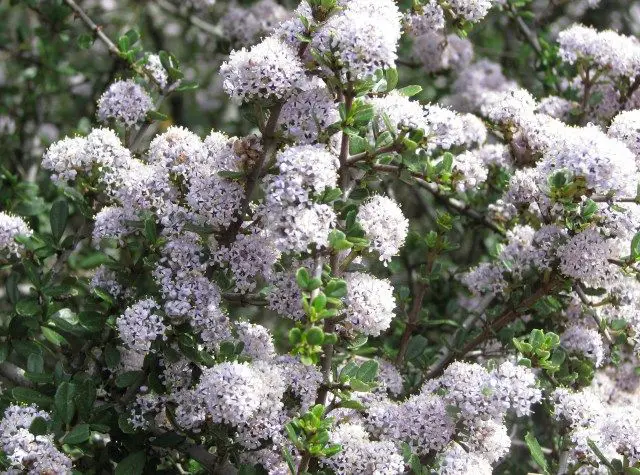
Hummingbird blossom has been used by the Cherokee for treatment of cysts, fibroid tumours, inflammation, and mouth/throat problems.
Present-day research has concluded that this herb is also great for treating high blood pressure and lymphatic blockages.
These herbs used by Native Americans served as a diuretic to stimulate kidney function, however, it was was also used to treat conditions such as:
- Inflamed tonsils
- Enlarged lymph nodes
- Enlarged spleens
- Haemorrhoids
- Menstrual bleeding.
To get all of the benefits from hummingbird blossom, the Cherokee would steep the leave and flowers in boiling water for about five minutes then drink the tea while it is still warm.
Related: 31 Long-Forgotten Native American Herbal Remedies For Illnesses
3. Cattail
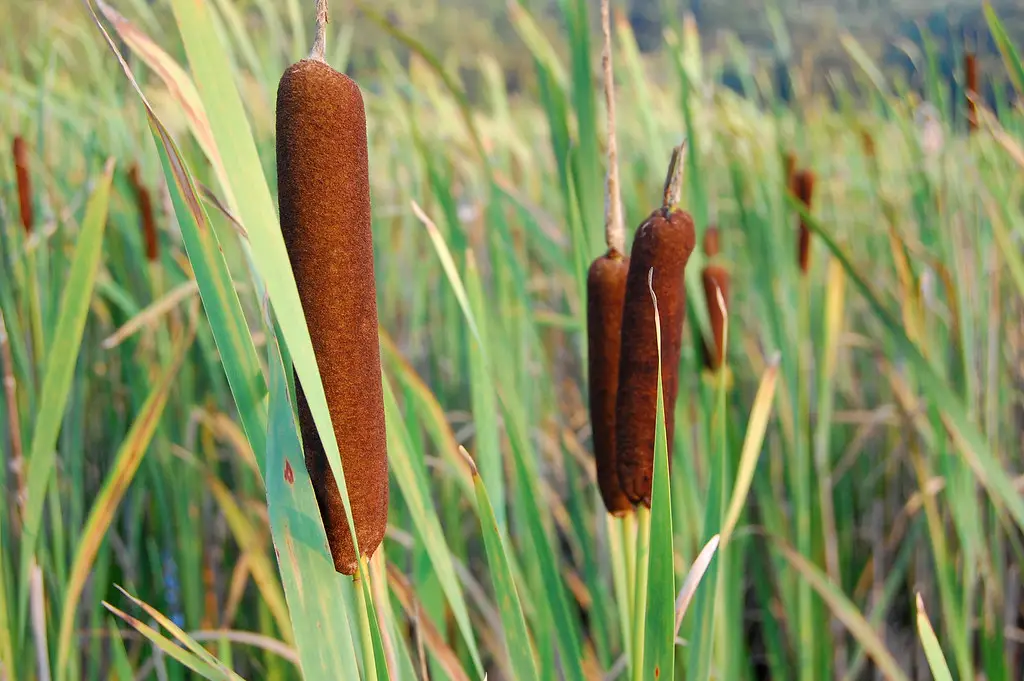
The Cherokee consider this herb to not exactly be a healing medicine, but rather a preventative medicine. It is an easily digestible food that can help with recovery from illnesses.
Almost every part of this herb, except for the mature leaves and seed heads, can be used for medicinal purposes. The root of the cattail is high in starch and the male plants are high in pollen content.
Cattail root can be prepared much like potatoes, boiled, and mashed. The resulting paste is a great remedy for burns and sores. The pollen from the cattail is a great source of protein and can be used as a supplement in baking.
The fuzz from flowers, called the seed down, can also be used to prevent skin irritation in babies, such as diaper rash. The flowers of the cattail can even be eaten to help with diarrhoea.
4. Pull Out a Sticker (Greenbriar)
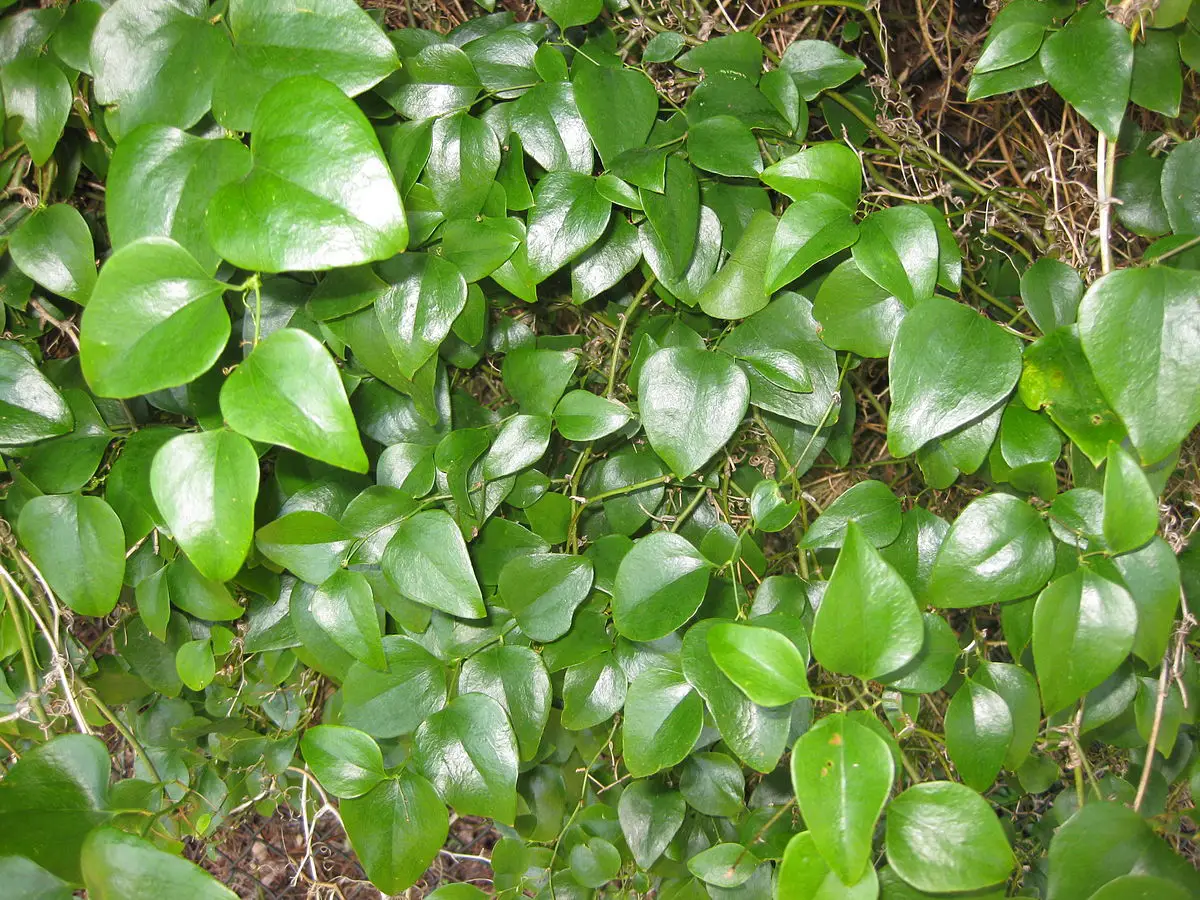
One of the most important herbs used by Native Americans, the roots of this herb are high in starch while the leaves and stems are rich in various vitamins and minerals.
Due to the rubbery texture of Greenbriar, its roots can be used like potatoes. The starch in the root of Greenbriar has a harsh, strange taste but is rich in calories.
The Cherokee used Greenbriar as a blood purifier and a mild diuretic that treats urinary infections. Many Cherokee healers make an ointment from the leaves and bark and apply it to minor sores and burns.
The leaves from this herb can even be used in your tea to treat arthritis! The berries of greenbrier can be eaten raw or made into jams. They make great vegan jello shots too.
5. Mint
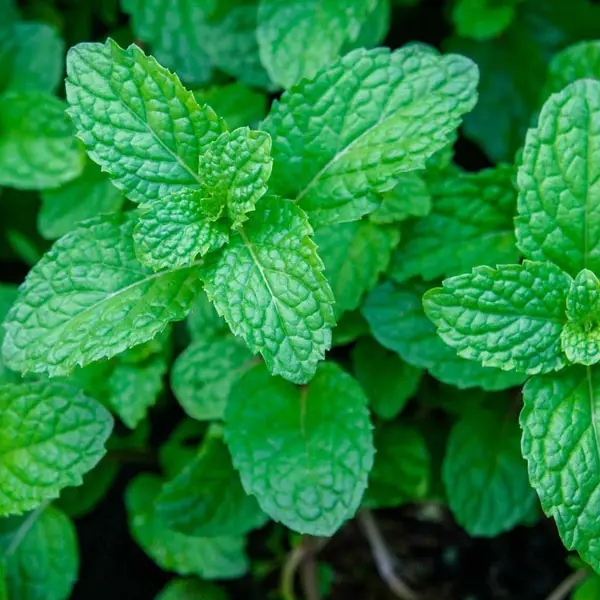
One of the most important medicinal plants used by Native Americans.
Mint is a very popular herb in present-day culture and is commonly used in tea. However, many people don’t know that mint contains a variety of antioxidant properties. It also contains magnesium, phosphorus potassium, calcium, vitamin C, vitamin A, and fibre!
The Cherokee use this herb to aid with digestion. The leaves can be crushed and used as cold compresses, made into ointments, and even added to your bath to soothe itchy skin.
The Cherokee healers use a blend of stems and leaves to lower high blood pressure. If you are breastfeeding and find your nipples cracking, try applying some mint water. It worked miracles for me!
Related: Native American Animal Symbols Of The Zodiac
6. Mullein
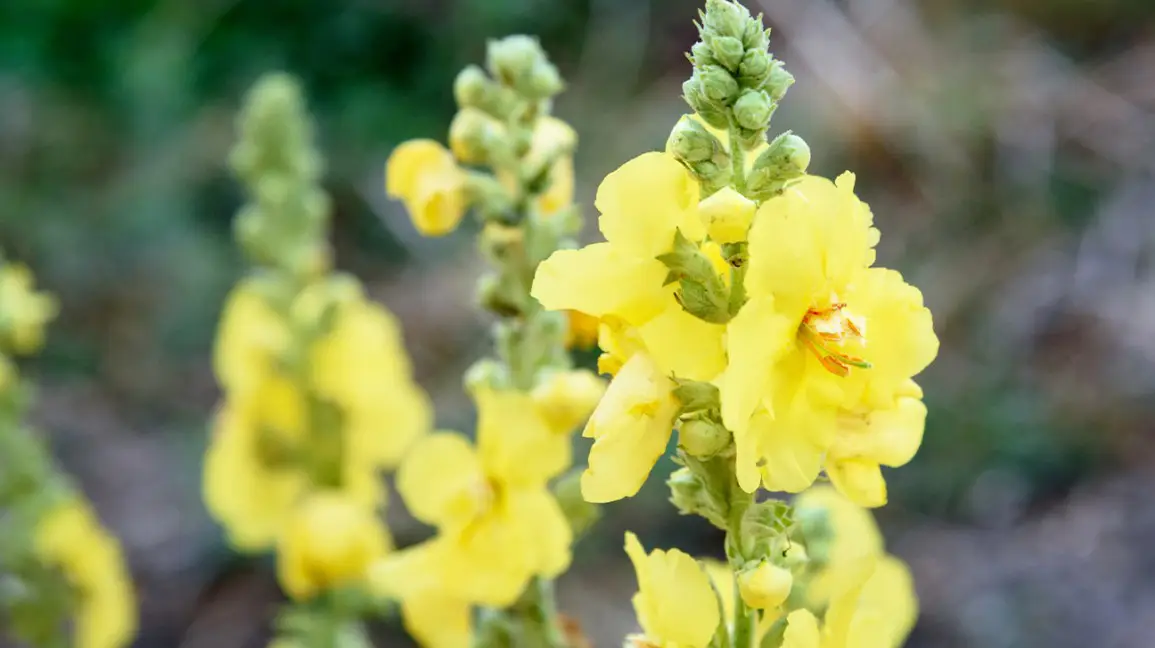
This herb has the power to soothe asthma and chest congestion. According to the Cherokee, inhaling the smoke from burning mullein roots and leaves works miracles to calm your lungs and open up pathways. Mullein is exceptionally helpful to soothe the mucous membranes.
You can make a warm decoction and soak your feet in it to reduce swelling and joint pain. Due to mullein’s anti-inflammatory properties, it soothes painful and irritated tissue. Mullein flowers can be used to make tea which has mild sedative effects.
7. Qua lo ga (Sumac)
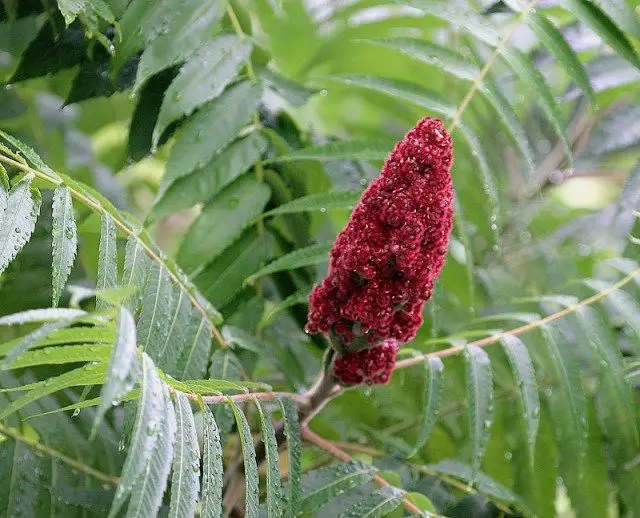
Again, one of the many important medicinal plants the Native Americans used as herbal remedies.
Every single part of this herb can be used for medicinal purposes! Sumac bark can be made into a mild decoction that can be taken to soothe diarrhoea. The decoction from the bark can also be gargled to help with a sore throat. Ripe berries can make a pleasant beverage that is rich in vitamin C.
The tea from the leaves of the sumac can reduce fevers. You can even crush the leaves into an ointment to help relieve a poison ivy rash. A study published in the Iranian Journal of Pharmaceutical Research reported that sumac if added to the daily diet, can help lower cholesterol levels.
8. Big Stretch (Wild Ginger)
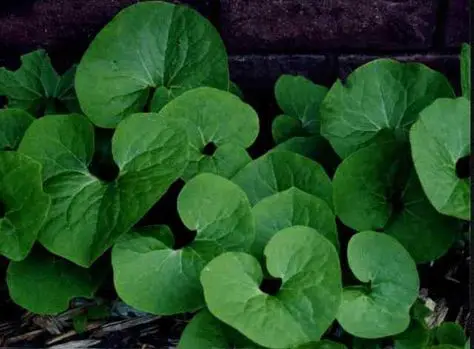
The Cherokee recommended a mild tea, made from the root of wild ginger, to stimulate better digestion. This herb can also help with intestinal gas, upset stomach, and colic. A strong tea from the root of wild ginger can be used to remove secretion from the lungs.
The Meskwaki, another Native American tribe, use crushed, steeped stems of wild ginger as a relief from earaches. You can use rootstocks from this herb as a substitute for regular ginger and flowers as flavouring for your favourite recipe!
Related: What Your Native American Totem Says About You
9. Jisdu Unigisdi (Wild Rose)
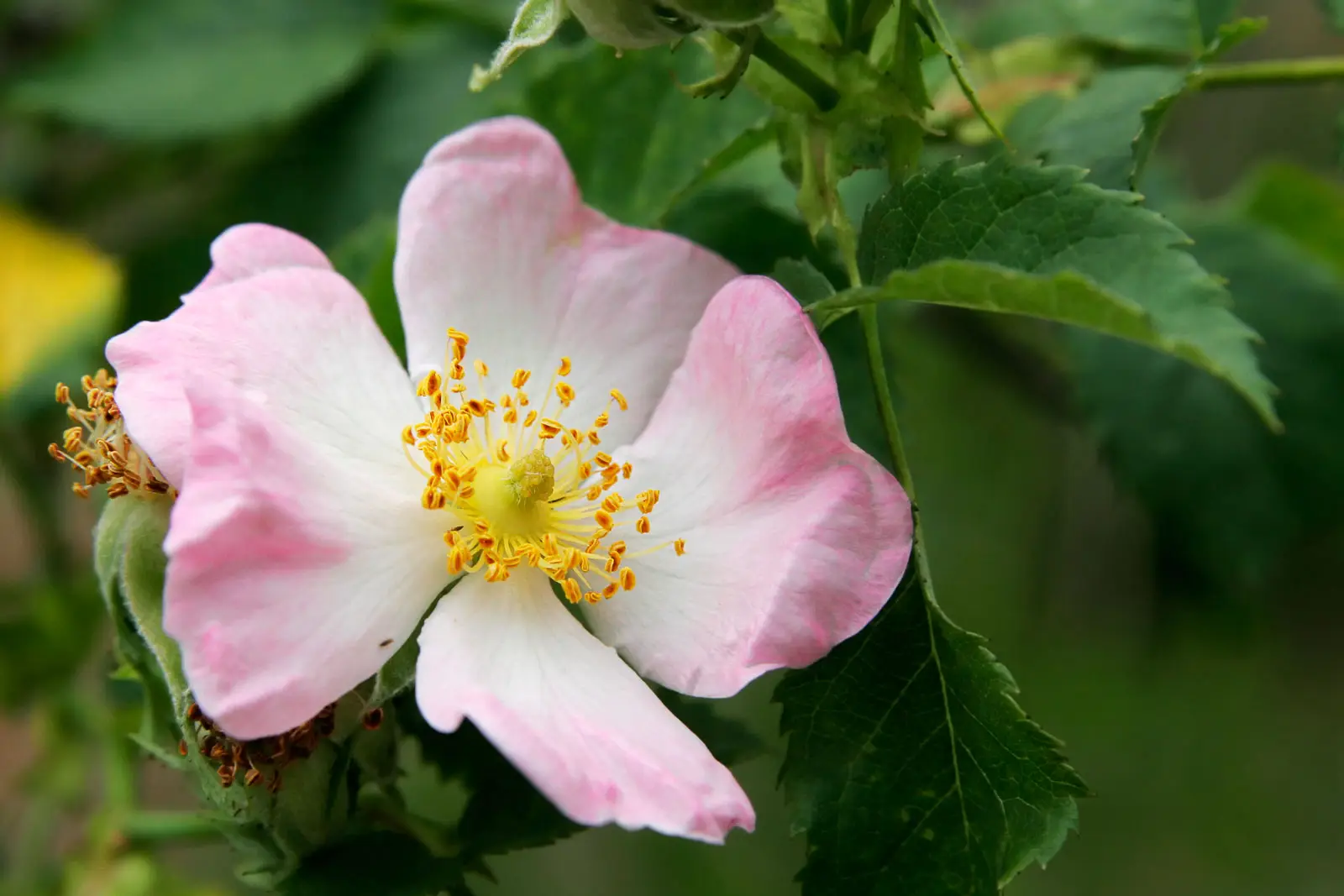
The fruit of a wild rose is a rich source of vitamin C and is a great remedy for the common cold and the flu. The Cherokee would make a mild tea out of wild rose hips to stimulate bladder and kidney function.
You can even make your own petal infusion to soothe a sore throat! Or try making a decoction from the root to help with diarrhoea. My grandmother uses to make jams out of the petals and it was delicious.
10. Squirrel Tail (Yarrow)
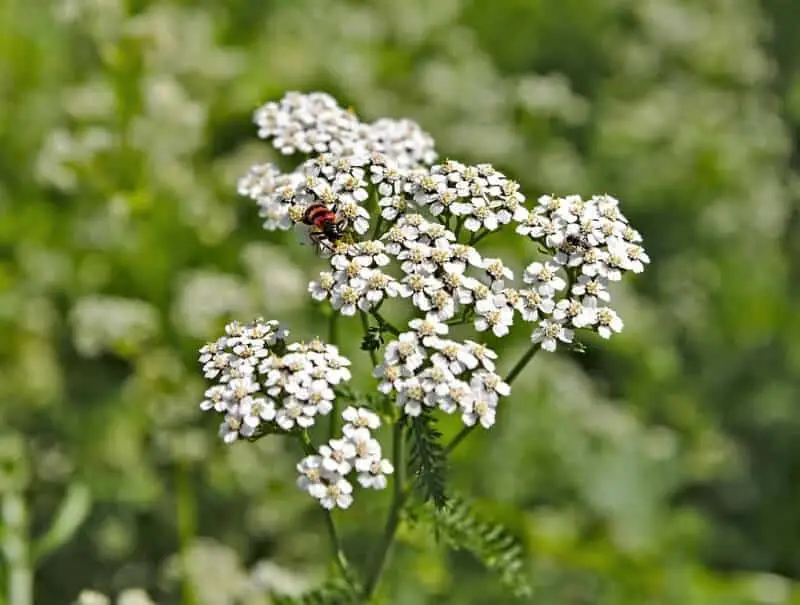
This was one of the most important medicinal plants used by Native Americans back in the day. It is known best for its blood clotting properties. Fresh, crushed leaves can be applied to open wounds to stop excess bleeding.
Yarrow’s juice, mixed with spring water, can stop internal bleeding from the stomach and intestinal illnesses. You can also use the leaves to make tea which will stimulate abdominal functions and assist in proper digestion.
It can also help with kidney and gallbladder related issues. Oh, and did I mention that you can use a decoction made from leaves and stems to help clear up your acne? It works wonders for chapped hands and other skin irritations.
Related: 15 Native American Proverbs That Will Speak To Your Soul
11. Kawi Iyusdi (Yellow Dock)
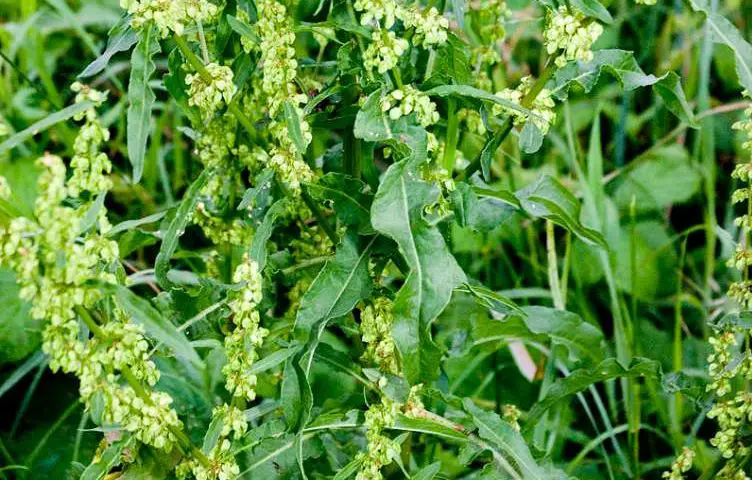
Another one of the many medicinal plants that the Cherokee often use in their kitchen. It is very similar to spinach but contains a lot more vitamins and minerals due to its long roots that gather nutrients from deep underground.
The leaves of yellow dock are a great source of iron and can also be used as a laxative. You can even prepare a juice decoction out of yellow dock stems to treat minor sores, diaper rash, and itching. The Cherokee healers use a decoction, made from the crushed roots of yellow dock, as a warm wash for its antiseptic properties.
You should always remember that all of the above-mentioned medicinal plants used by Native Americans are very potent and might be dangerous if used in the wrong way. The Cherokee healers have many centuries of practice and experience.
Another thing to keep in mind is the fact that these herbs are all very valuable! They are nature’s pharmacy, so please be kind and caring when scavenging any of these.
Do you have any experience with these medicinal plants used by Native Americans? Let us know your thoughts in the comments down below!
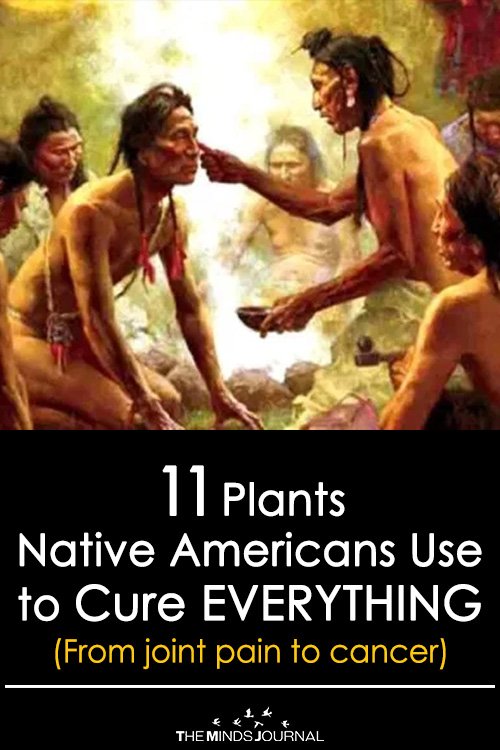
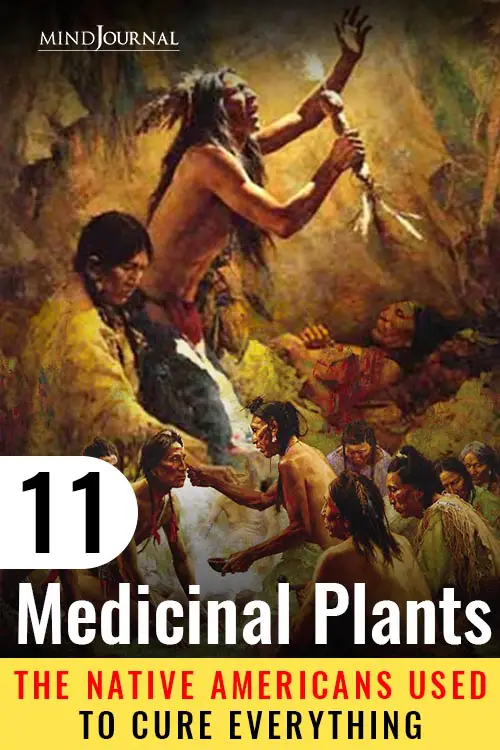
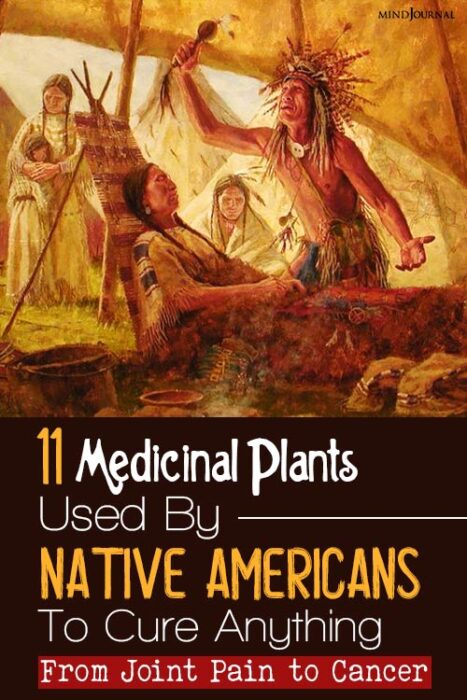
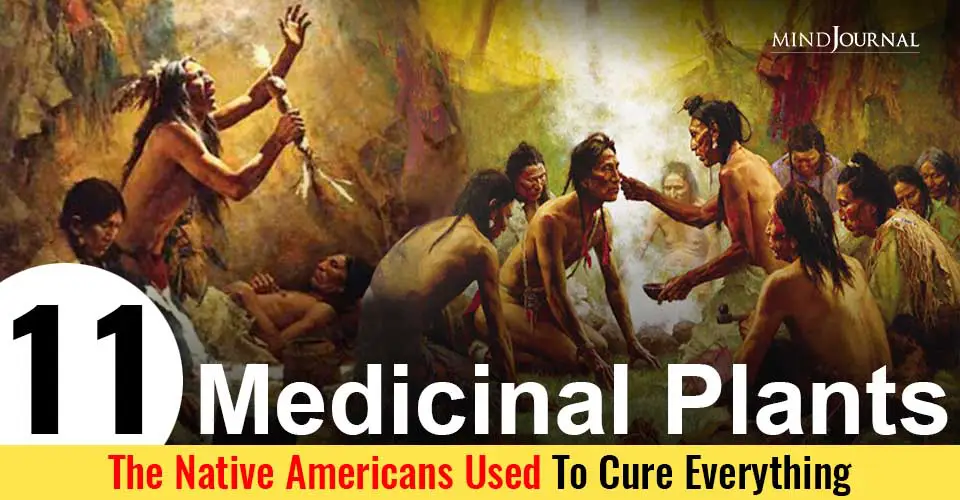







Leave a Reply
You must be logged in to post a comment.